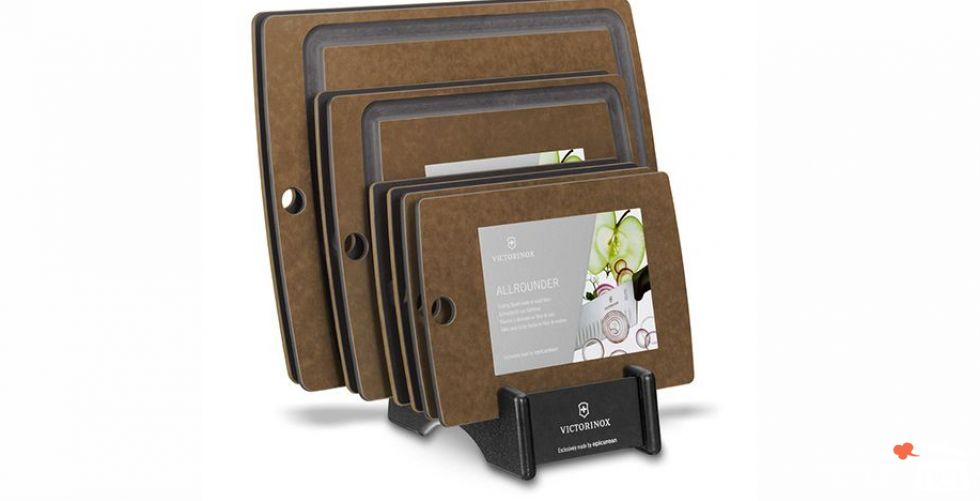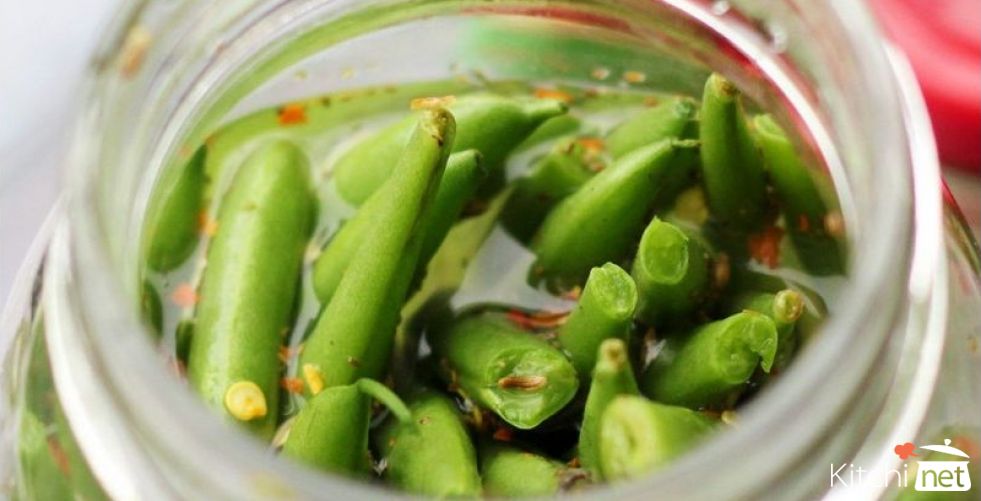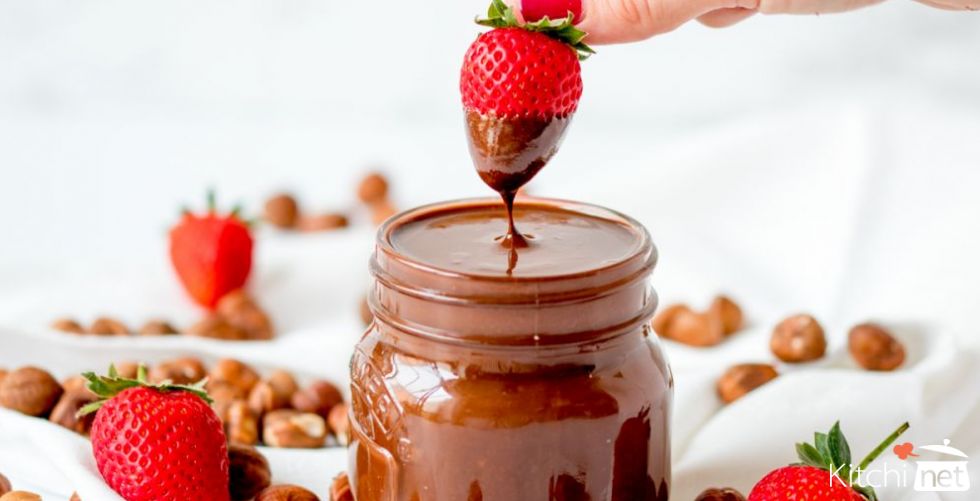Choose well your cutting board

Choose well your cutting board
Anything that touches your food can be a source of contamination and foodborne illness – including cutting boards.
For example, if you cut up a raw chicken, and then use the same cutting board to slice a tomato for your salad, you run the risk of cross-contamination – with bacteria from the chicken being transferred to the tomato. That, of course, would be bad.
And vegetarians aren’t off the hook either. Fruits and vegetables can also carry pathogens (and transfer them to cutting boards).
To reduce the risk of foodborne illness in your kitchen, here are some things you should know about cutting boards.
Plastic cutting boards, Cliver found, are easier to sanitize. But cutting on them also leaves lots of grooves where bacteria can hide. Wood is tougher to sanitize, but it’s also (often) tougher in general – you won’t find as many deep scratches in the surface.
In addition, researchers have discovered that the type of wood your cutting board is made from also makes a difference.
“Hardwoods, like maple, are fine-grained, and the capillary action of those grains pulls down fluid, trapping the bacteria – which are killed off as the board dries after cleaning,”


